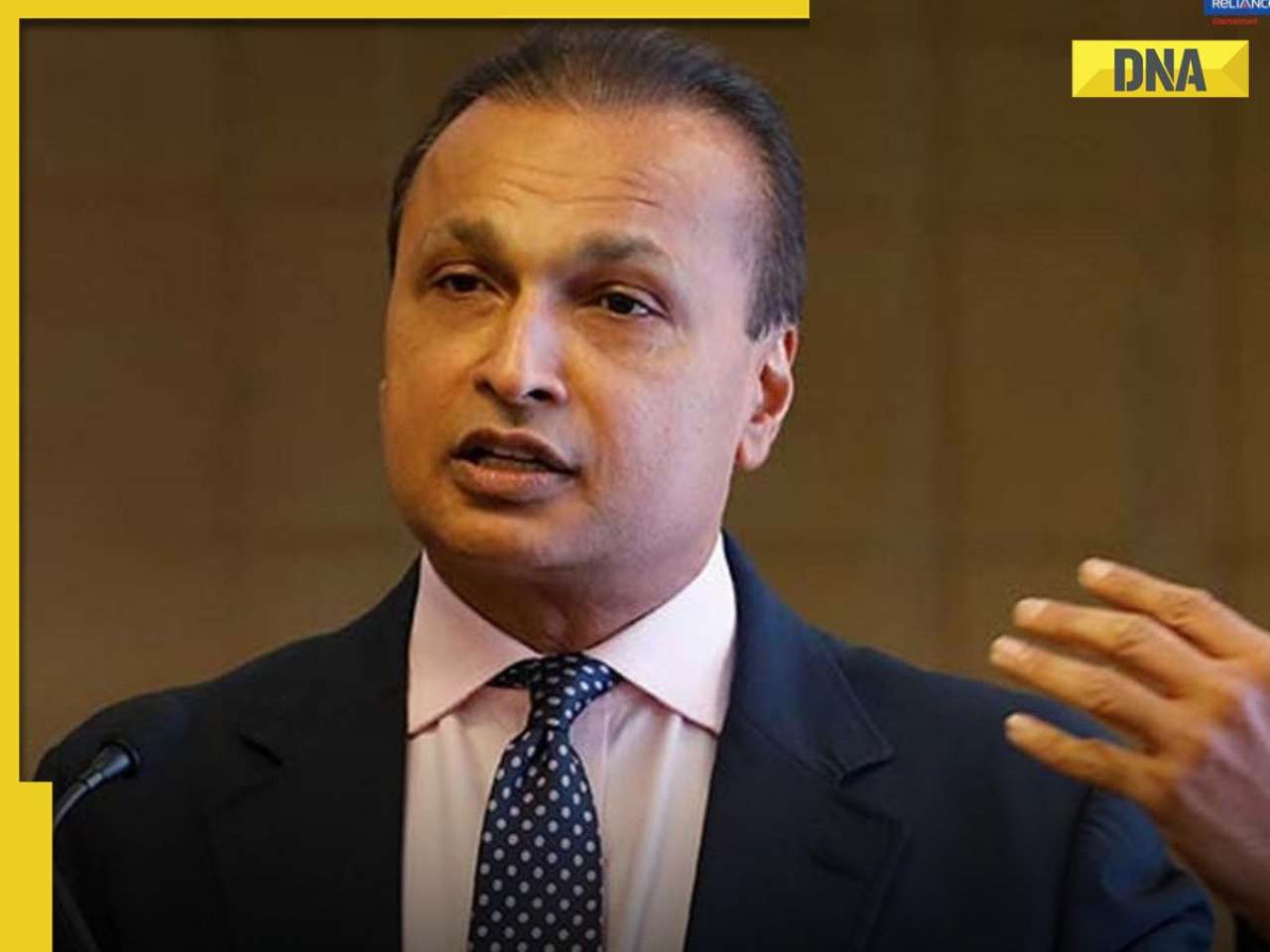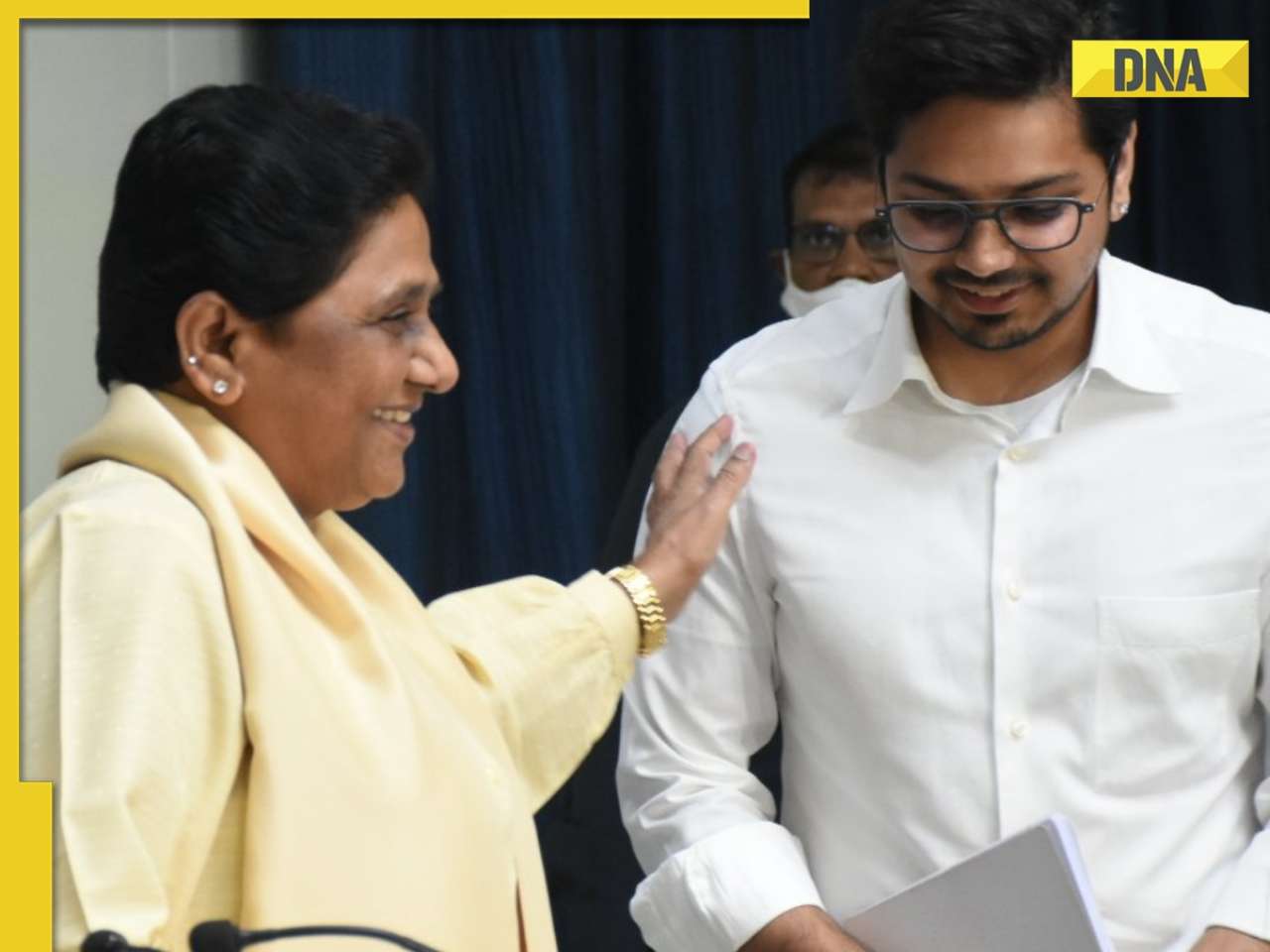The already ailing handloom sector has been badly affected by the coronavirus pandemic and subsequent lockdown.
The days appear discomforting for Lakho Devi, she is used to the rhythm of handloom which stays silent for over a month now. Her husband Kapildev, a master weaver and a known figure for Bavaan Buti craft of Nalanda, Bihar, mostly has a quiet time at home. The training cum production centre at her village Baswan Bigha is totally closed so are the looms at individual households. The coronavirus outbreak has severally affected the handloom-based village economy. If the pandemic threat persists, Kapildev fears the worst ever crisis for weaver families as markets are unlikely to return to normalcy for at least 6-8 months or so.
Prabin Das, a handloom promoter from Goalpara, Assam, shared that the entire handloom sector has been hit hard by the crisis. Rongali Bihu, a major business season of the year has been already wasted so is the wedding season. The weavers and allied workers, mostly women, suffer under the coronavirus lockdown if situation continues they may have to think for survival.
The already ailing handloom sector has been badly affected by the coronavirus pandemic and subsequent lockdown. Demonetisation, then the transition to GST, and now the pandemic cripples it leavings weavers and allied workers in lurch.
The handloom industry is the largest cottage industry in India generating direct and indirect employment for more than 3 million weaver households. According to 4th All India Handloom Census 2019-2020, there are over 3.5 million handloom workers; allied workers are about 24% of overall. A majority (2.3 million) of handloom workers are female and they mostly belong to the age group of 18-35 years. However, most women weavers are engaged in this activity as a part-time endeavour, as they do it along with household chores and family care work. A higher number of women are involved in allied (pre-loom and / post-loom) activities related to handloom.
Most of the handloom workers are from economically disadvantaged groups; about 67% of weaver households earn less than Rs.5000/- a month. They are already living in poverty and keep up with limited resource. Due to lockdown, their livelihoods have been badly hit, many fearing starvations if the situation continues.
Handloom industry is significant for the economy not only because of low capital investment and a high potential for export and foreign exchange earnings but also due to its linkage with the rural farm economy. Further, there are several sectors that benefit along the chain including transportation, marketing and financial services.
This sector is generating jobs not only in rural areas but also in semi-urban and urban India. Nearly 15% of cloth production in India is from the handloom sector; and in the production of handwoven fabric, India constitutes 95% of global production. In the financial year 2019, the US was the major importer of Indian handloom products followed by the UK, Italy and Germany.
The demands for Indian handloom products have been growing globally, with considerable demand from the international “slow fashion” market. Amid coronavirus chaos, the priorities of fashion retailers have been changed and their focus is now on the sustainability of the enterprise. It is expected that overseas orders will not be forthcoming for at least a few months.
The government and other responses so far…
States and UTs are required to create Artisan Welfare Fund (AWF) Trusts with a view to extending security and other help to artisans. As per press information bureau report dated April 9th 2020, Khadi and Village Industries Commission (KVIC) have decided to release Rs.1000 per month to each artisan from the AWF Trust. Moreover, Khadi institutions have been directed to release AWF contribution into the bank accounts of artisans in three instalments.
The above support is indeed welcome but extremely limiting in coverage as only those artisans who have worked as a Khadi worker for a period of 240 days are eligible for membership of the fund. Further, the support won’t even cover the majority of Khadi workers as only 0.27 million (as on March 2012) artisans covered under AWF trust.
Some non-government agencies have also taken steps to protect the livelihood of handloom artisan. Tata Trust under its Antaran initiative is helping artisans liquidate their stock through a user-friendly website. The initiative is extending support at six clusters spread across four states. Sudha Rani Mullapudi, CEO of Abhihaara Social Enterprise, Hyderabad tried to raise money from friends and regular customers for associated weavers. To ensure liquidity for them, she is considering to organise ‘solidarity sale’ of the existing stock of cotton silk and silk gadwall sarees with pre-book option for deliveries post lifting of lockdown. Some non-government agencies have also started Ketto / Milaap campaigns to raise money for weavers.
Asma Hussian, a known heritage fashion designer based at Lucknow, supported artisan families by distributing food packets along with financial support for subsistence. Due to lockdown extension possibilities at hotspots, she even urged UP state government for supply chain integration so that weavers and artisans continue work at home and earn with dignity.
The responses to the Covid-19 pandemic should consider both economic and social aspects and aim for increased reach while using a target-oriented approach. It must prioritise women as most of the weavers and allied workers are women. They live under poor economic conditions with limited access to health services and social protection; without the support, they are going to be trapped in deeper poverty. It is an irony that India doesn’t have implemented handloom welfare schemes with particular focus on women.
What needs attention?
A majority of handloom artisans and allied worker belong to the most vulnerable and deprived section of our workforce. At this time of crisis, they need support in survival and care. Women, form an integral part of the handloom industry, have been facing a dismal situation for their livelihood. They need to be prioritised and probably long term support.
The government interventions should be planned considering both short and long term impacts on the weaving community and the handloom sector. A relief fund may be announced with provisions of short-term measures in the form of subsistence allowance to weavers and allied workers along with awareness and health protection measures. As a medium-term measure, government may consider extending Mahatma Gandhi National Rural Employment Guarantee Scheme (MGNREGS) to handloom workers.
As the business environment is going to change, it is important to take measures to instil trust in handloom products and reposition it as a safe activity and product. It may require efficient supply chain management, brand building and marketing efforts.
Due to growing safety precautions, it is a possibility that the market of handloom products goes down due to its handwoven nature. Moreover, supply-side disruptions may lead international business houses to reduce dependence on distant and global suppliers. The state and central government have to play enabling roles in promoting the local economy and promote the consumption of locally made handloom products.
Any long term measure should be directed towards boosting the sector by way of implementing policies that support in reviving, creating and sustaining employment. Inclusion of handloom under Prime Minister Employment Generation Programme (PMEGP) may promote large scale employment.
In the form of lockdown 2.0 governments has taken the most important public health response. Now the requirement is to focus on economic responses, especially for informal sector workforce. Quick government support will immensely help the handloom sector to recover from the economic impact and protect livelihoods.
(The author of this article, Sonmani Choudhary, is a technical expert at Economic empowerment Centre for Catalyzing Change (C3). With over 16 years of national and international experience, Sonmani is part of several initiatives which aim to bridge the gap by generating robust evidence to inform policy implementation, driving evidence-based advocacy through a network of researchers, and providing technical support to the Government of Bihar.)
![submenu-img]() This singer left Air Force, sang at churches, became superstar; later his father killed him after...
This singer left Air Force, sang at churches, became superstar; later his father killed him after...![submenu-img]() Indian-origin man says Apple CEO Tim Cook pushed him...
Indian-origin man says Apple CEO Tim Cook pushed him...![submenu-img]() Anil Ambani’s Rs 96500000000 Reliance deal still waiting for green signal? IRDAI nod awaited as deadline nears
Anil Ambani’s Rs 96500000000 Reliance deal still waiting for green signal? IRDAI nod awaited as deadline nears![submenu-img]() Most popular Indian song ever on Spotify has 50 crore streams; it's not Besharam Rang, Pehle Bhi Main, Oo Antava, Naina
Most popular Indian song ever on Spotify has 50 crore streams; it's not Besharam Rang, Pehle Bhi Main, Oo Antava, Naina![submenu-img]() Did Diljit Dosanjh cut his hair for Amar Singh Chamkila? Imtiaz Ali reveals ‘he managed to…’
Did Diljit Dosanjh cut his hair for Amar Singh Chamkila? Imtiaz Ali reveals ‘he managed to…’ ![submenu-img]() DNA Verified: Is CAA an anti-Muslim law? Centre terms news report as 'misleading'
DNA Verified: Is CAA an anti-Muslim law? Centre terms news report as 'misleading'![submenu-img]() DNA Verified: Lok Sabha Elections 2024 to be held on April 19? Know truth behind viral message
DNA Verified: Lok Sabha Elections 2024 to be held on April 19? Know truth behind viral message![submenu-img]() DNA Verified: Modi govt giving students free laptops under 'One Student One Laptop' scheme? Know truth here
DNA Verified: Modi govt giving students free laptops under 'One Student One Laptop' scheme? Know truth here![submenu-img]() DNA Verified: Shah Rukh Khan denies reports of his role in release of India's naval officers from Qatar
DNA Verified: Shah Rukh Khan denies reports of his role in release of India's naval officers from Qatar![submenu-img]() DNA Verified: Is govt providing Rs 1.6 lakh benefit to girls under PM Ladli Laxmi Yojana? Know truth
DNA Verified: Is govt providing Rs 1.6 lakh benefit to girls under PM Ladli Laxmi Yojana? Know truth![submenu-img]() Alia Bhatt wears elegant saree made by 163 people over 1965 hours to Met Gala 2024, fans call her ‘princess Jasmine’
Alia Bhatt wears elegant saree made by 163 people over 1965 hours to Met Gala 2024, fans call her ‘princess Jasmine’![submenu-img]() Jr NTR-Lakshmi Pranathi's 13th wedding anniversary: Here's how strangers became soulmates
Jr NTR-Lakshmi Pranathi's 13th wedding anniversary: Here's how strangers became soulmates![submenu-img]() Streaming This Week: Heeramandi, Shaitaan, Manjummel Boys, latest OTT releases to binge-watch
Streaming This Week: Heeramandi, Shaitaan, Manjummel Boys, latest OTT releases to binge-watch![submenu-img]() Remember Ayesha Kapur? Michelle from Black, here's how actress, nutrition coach, entrepreneur looks after 19 years
Remember Ayesha Kapur? Michelle from Black, here's how actress, nutrition coach, entrepreneur looks after 19 years![submenu-img]() Remember Heyy Babyy's cute 'Angel' Juanna Sanghvi? 20 year-old looks unrecognisable now, fans say 'her comeback will...'
Remember Heyy Babyy's cute 'Angel' Juanna Sanghvi? 20 year-old looks unrecognisable now, fans say 'her comeback will...'![submenu-img]() DNA Explainer: Why Harvey Weinstein's rape conviction was overturned, will beleaguered Hollywood mogul get out of jail?
DNA Explainer: Why Harvey Weinstein's rape conviction was overturned, will beleaguered Hollywood mogul get out of jail?![submenu-img]() What is inheritance tax?
What is inheritance tax?![submenu-img]() DNA Explainer: What is cloud seeding which is blamed for wreaking havoc in Dubai?
DNA Explainer: What is cloud seeding which is blamed for wreaking havoc in Dubai?![submenu-img]() DNA Explainer: What is Israel's Arrow-3 defence system used to intercept Iran's missile attack?
DNA Explainer: What is Israel's Arrow-3 defence system used to intercept Iran's missile attack?![submenu-img]() DNA Explainer: How Iranian projectiles failed to breach iron-clad Israeli air defence
DNA Explainer: How Iranian projectiles failed to breach iron-clad Israeli air defence![submenu-img]() This singer left Air Force, sang at churches, became superstar; later his father killed him after...
This singer left Air Force, sang at churches, became superstar; later his father killed him after...![submenu-img]() Most popular Indian song ever on Spotify has 50 crore streams; it's not Besharam Rang, Pehle Bhi Main, Oo Antava, Naina
Most popular Indian song ever on Spotify has 50 crore streams; it's not Besharam Rang, Pehle Bhi Main, Oo Antava, Naina![submenu-img]() Did Diljit Dosanjh cut his hair for Amar Singh Chamkila? Imtiaz Ali reveals ‘he managed to…’
Did Diljit Dosanjh cut his hair for Amar Singh Chamkila? Imtiaz Ali reveals ‘he managed to…’ ![submenu-img]() Watch: Arti Singh gets grand welcome at husband Dipak's house with fairy lights and fireworks, video goes viral
Watch: Arti Singh gets grand welcome at husband Dipak's house with fairy lights and fireworks, video goes viral![submenu-img]() Meet actress, who belongs to family of superstars, quit films after 19 flops, no single hit in 9 years; is still worth…
Meet actress, who belongs to family of superstars, quit films after 19 flops, no single hit in 9 years; is still worth…![submenu-img]() IPL 2024: Suryakumar Yadav's century power MI to 7-wicket win over SRH
IPL 2024: Suryakumar Yadav's century power MI to 7-wicket win over SRH![submenu-img]() DC vs RR, IPL 2024: Predicted playing XI, live streaming details, weather and pitch report
DC vs RR, IPL 2024: Predicted playing XI, live streaming details, weather and pitch report![submenu-img]() Watch: Team India’s new jersey for T20 World Cup 2024 unveiled
Watch: Team India’s new jersey for T20 World Cup 2024 unveiled![submenu-img]() DC vs RR IPL 2024 Dream11 prediction: Fantasy cricket tips for Delhi Capitals vs Rajasthan Royals
DC vs RR IPL 2024 Dream11 prediction: Fantasy cricket tips for Delhi Capitals vs Rajasthan Royals![submenu-img]() IPL 2024: Kolkata Knight Riders take top spot after 98 runs win over Lucknow Super Giants
IPL 2024: Kolkata Knight Riders take top spot after 98 runs win over Lucknow Super Giants![submenu-img]() Indian-origin man says Apple CEO Tim Cook pushed him...
Indian-origin man says Apple CEO Tim Cook pushed him...![submenu-img]() Meet man whose salary was only Rs 83 but his net worth grew by Rs 7010577000000 in 2023, he is Mukesh Ambani's...
Meet man whose salary was only Rs 83 but his net worth grew by Rs 7010577000000 in 2023, he is Mukesh Ambani's...![submenu-img]() Job applicant offers to pay Rs 40000 to Bengaluru startup founder, here's what happened next
Job applicant offers to pay Rs 40000 to Bengaluru startup founder, here's what happened next![submenu-img]() Viral video: Family fearlessly conducts puja with live black cobra, internet reacts
Viral video: Family fearlessly conducts puja with live black cobra, internet reacts![submenu-img]() Woman demands Rs 50 lakh after receiving chicken instead of paneer
Woman demands Rs 50 lakh after receiving chicken instead of paneer





































)









)
)
)
)
)
)